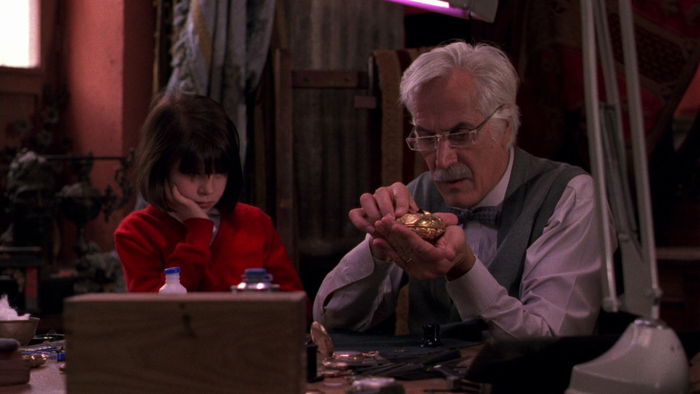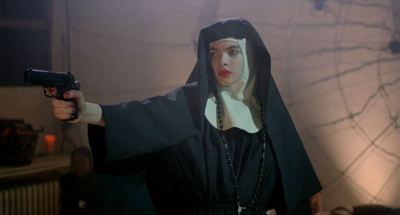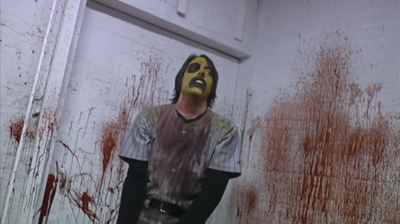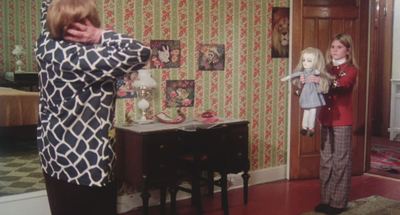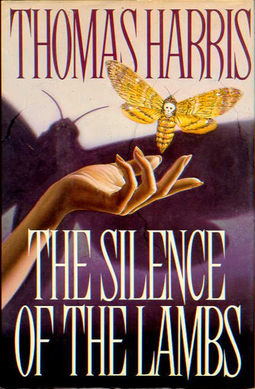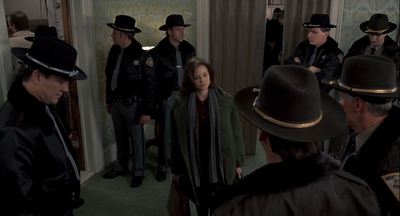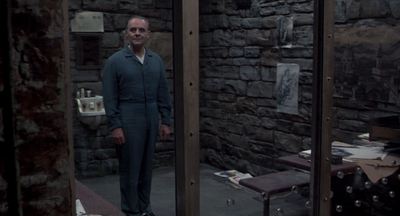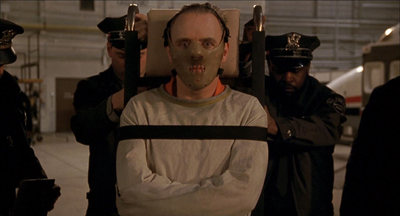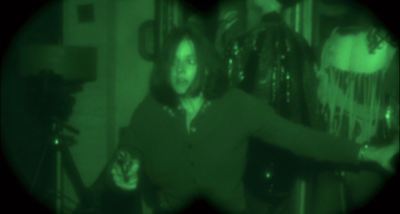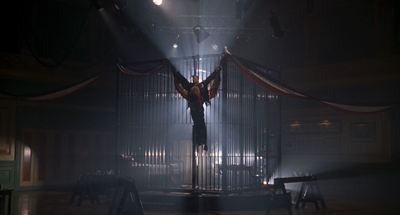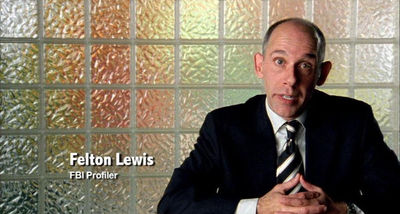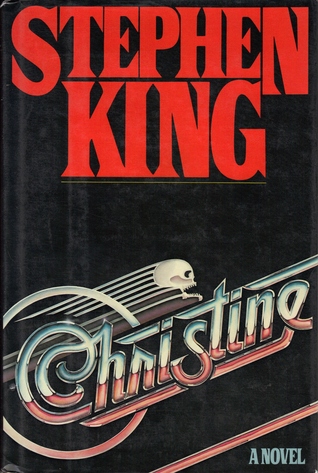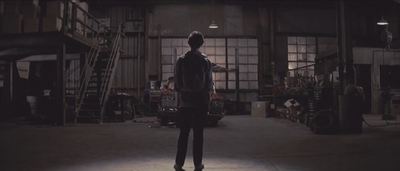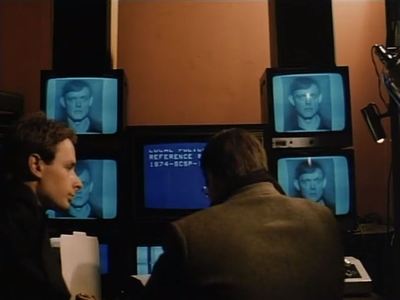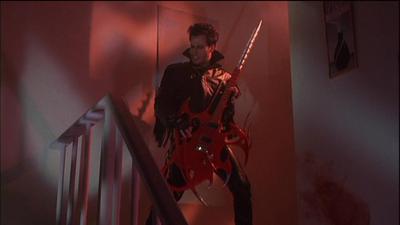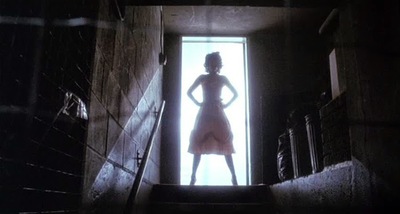6WH: Week 1.5 – Spooky Kung Fu
Last year, I went on a big martial arts kick, loading up my Netflix queues and Amazon watchlist with all manner of wacky martial arts flicks. Thanks to a neglected Netflix DVD queue (yes, I still get physical media from Netflix, don’t @ me) an action/horror hybrid disc showed up in my mail just before the Six Weeks of Halloween officially began. What to do? Look, the 6WH is really just a convenient excuse to binge horror movies, but it’s not like I’m not watching horror year round. So I’m cheating a bit, as I watched these two martial arts/comedy/horror hybrids during the preamble to the 6WH proper, but I thought it would be fun to mention these. Neither are notably “scary”, per say, but there are a couple of spooky moments and a heaping helping of rather bonkers elements. Let’s dive in:
- Spooky Encounters (aka Encounters of the Spooky Kind)- Sammo Hung and Yuen Biao co-directed this little slice of cuckoo bananas about a pedicab driver (played by Sammo Hung) whose reputation for bravery makes him susceptible to all sorts of dares, leading to several encounters with the undead. It turns out that one of his clients is having an affair with the Hung’s wife, and thus hires a supernatural assassin/witchdoctor to kill Hung. It takes a while to get up to speed, at first feeling a bit disjointed as Hung goes from one goofy supernatural situation to another, but eventually the action starts to rev up and the last half hour works really well. The supernatural bits are really quite bizarre, featuring weird twists of things we would normally be familiar with. Zombies, voodoo dolls, hopping vampires (!), Taoist wizards elevating their alters on top of pillars to make their magic more powerful and shooting literal balls of energy and lasers and shit? This movie has it all. Including one of the all time greatest and most bizarre freeze-frame endings ever. I mean, super problematic to modern eyes, I’m sure, but still utterly amazing. The action is also pretty fantastic, and indeed, one of the better examples of Sammo Hung’s unlikely prowess and uncanny acrobatic ability.
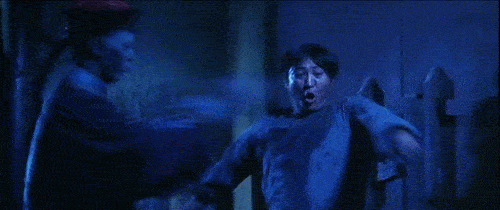
I particularly enjoyed the fight with the hopping vampire (the technical term for this is Jiangshi, which describes reanimated corpses that we’d probably call Zombies, but which the Chinese call “hopping vampires”), an undead zombie-like creature that moves by hopping around with its arms outstretched, but which naturally has pretty keen kung-fu abilities. The concluding battle between two Taoist wizards, one of whom uses what appears to be a portable hydrolic lift to elevate his alter to the level of his stationary opponent, represents a worthy action finale. This is not exactly fine cinema, but it’s entertaining af and well worth checking out for fans of martial arts (and horror comedies). This was supposedly the first modern Jiangshi film (though previous martial arts/horror hybrids existed, they often took inspiration from the west, particularly Dracula), and many others followed, including the below film. **1/2
- Encounters of the Spooky Kind II (trailer)
- Tokyo Zombie (trailer)
- Mr. Vampire (trailer)
- Kung Fu Zombie – Billy Chong plays Pang, a man who inadvertently foiled a criminal that has escaped from prison and vowed revenge. Rather than just fighting Pang, the criminal hires a Taoist monk to animate some zombies to do the job for him. It goes horribly wrong, and the criminal dies in the process, returning as a ghost looking to reincarnate himself in a recently deceased body. Yeah, that old chestnut. There’s more to the plot, but you don’t really need to know any more about it. This is not as good as Spooky Encounters, but offers many of the same charms. Billy Chong is a suitably talented martial artist, and he even fights some hopping vampires in this one. The story drags a bit at times and some scenes feel like filler, but the action is well choreographed and entertaining, and there’s enough of a story to justify the action, even if it all feels a bit perfunctory. Still worth checking out for martial arts aficionados (and to a lesser extent, fans of horror comedies). Chong was nowhere near as prolific or charismatic as Hung (or other contemporaries like Jackie Chan), but he carries the day well enough here. **
There you have it. The Six Weeks of Halloween marches on this weekend with a trio of flicks from an quasi-obscure 80s scream queen.

